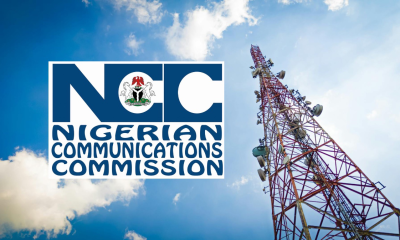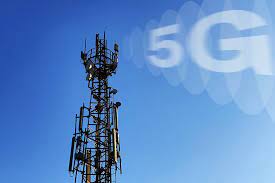Agency Report
There is rising disquiet over the failure to regulate the adverse effects of 5G rollout in several countries of the world. State institutions set up by governments to regulate telecommunications infrastructures and broadband to minimise the adverse effects of toxic elements, environmental hazards and protection of birds in natural habitats, are perceived to be reluctant to perform their responsibilities, allowing telecommunications companies to have field day on unregulated activities.
The Federal Communications Commission, a creation of the National Environmental Policy Act (NEPA) in 1969, to protect the Earth, and ensure that technology doesn’t damage the environment, has been accused of ignoring the mandate. The Federal Communications Commission has the mandate to regulate a nationwide buildout for 5G service, requiring 800,000 new “small cell” transmitters.
The Commission was empowered to preside over exhaustive environmental impact statement for big federal projects, like new dam or highway, mask installation, etc, to avoid or minimize ecological damage, minimise risk of significant harm, either individually or cumulatively.
Some stakeholders, however, protest that the agencies have abandoned role of regulation.
It was highlighted: “in a mountainous forest in southwest Puerto Rico, workers cleared a patch to make room for a 120-foot cell phone tower intended for use by AT&T and T-Mobile.
“The site, as the tower company later acknowledged, destroyed some of the nesting habitats of the Puerto Rican nightjar, a tiny endangered songbird. “Fewer than 2,000 are believed to be alive today,”
Also, “in the north western New Mexico desert, a company called Sacred Wind Communications, promising to bring broadband to remote Navajo communities, planted a cell tower near the legally protected Pictured Cliffs archaeological site, which contains thousands of centuries-old tribal rock carvings.
“And in Silicon Valley, a space startup pursued plans to equip thousands of satellites to use mercury fuel in orbit, even as an Air Force official at one of the possible launch sites voiced “extreme concern” that the toxic element could rain back down to Earth.”
It was noted that “these potential harms fall under the jurisdiction of the Federal Communications Commission (FCC)”. The commission regulates television and radio and oversees the deployment of communications technology.
It has a broad responsibility to ensure that technology doesn’t damage the environment. The mandate includes protecting wildlife and human health to preserving historic sites and even preventing aesthetic blight.
The FCC was said to be assigned with the duty to preside over a nationwide buildout for 5G service, that requires 800,000 new “small cell” transmitters, which perched on street poles and rooftops, often near schools, apartments and homes.
Ironically, the FCC is perceived to have declined to revise its radiation-exposure limits, which date back to the era of flip phones.
Meanwhile many citizens fret over “risks to their health from wireless radiation, harm to their property values, damage to the environment and the destruction of treasured views”.
As the FCC licenses numerous commercial satellites, the profusion of objects circling the planet is raising concerns about collisions in space, impediments to astronomy, pollution and debris falling back to Earth.

 Uncategorized1 week ago
Uncategorized1 week ago
 Business1 week ago
Business1 week ago
 Business7 days ago
Business7 days ago
 Politics3 days ago
Politics3 days ago
 News4 days ago
News4 days ago
 Latest5 days ago
Latest5 days ago
 Crime5 days ago
Crime5 days ago
 Business5 days ago
Business5 days ago

